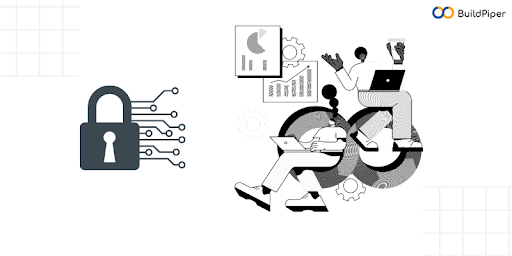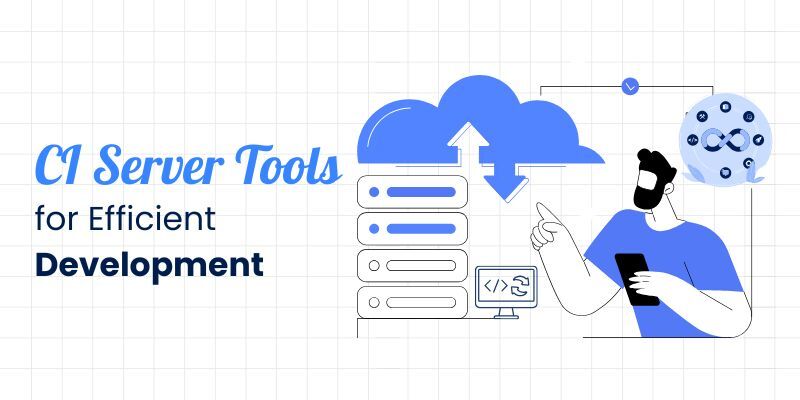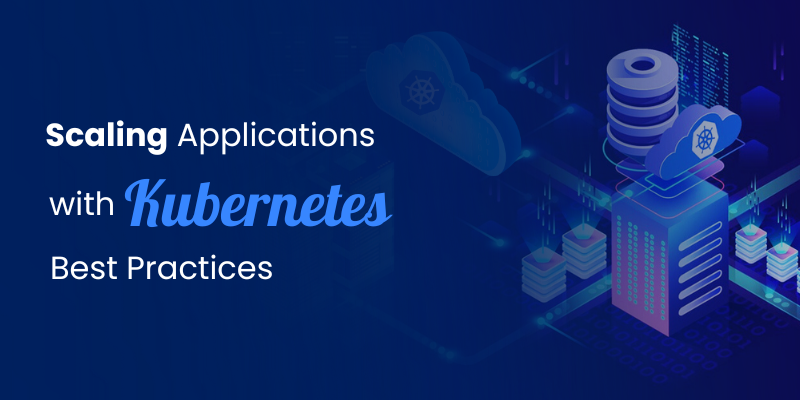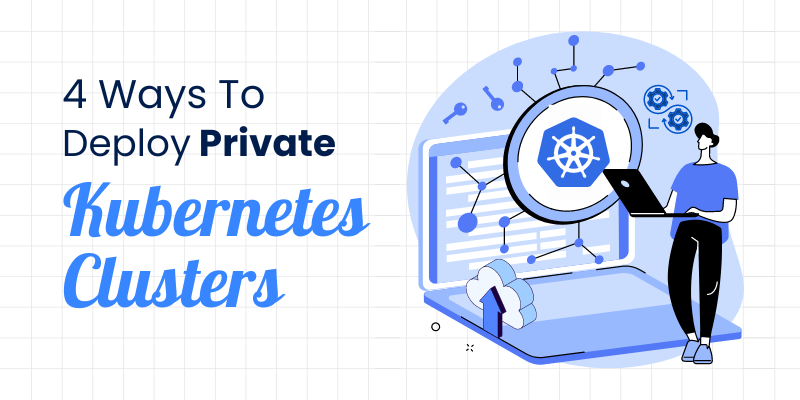
DevSecOps is a process that aims to put a security blanket around the entire DevOps lifecycle. Here’s how DevSecOps tools & practices can help enterprises in securing CI/CD pipelines from malicious attacks and cyber threats. Let’s take a look!
DevOps has continually refined ways to make CI/CD pipelines more efficient and faster. CI/CD enhances the overall code quality enabling teams to ship bug-free product updates and quicker code releases. However, any loophole in the CI/CD pipeline can pose serious threats to overall infrastructure security.
Recently, a similar incident hit the headlines. The event was a supply chain attack on SolarWinds Orion, the first major software supply chain attack to make international headlines, however, it wasn’t the first of its kind. Some malicious attackers deliberately targeted the SaaS vendors with the specific mission of compromising that vendor’s CI/CD pipeline to insert malicious code into a portion of the application’s containerized ecosystem. The attackers were able to export information stored in users’ CI/CD environments until the breach was discovered months later.
Incidents of such kind have now become a matter of serious concern for entrepreneurs and software professionals. Here’s how the use of DevSecOps tool and approach can help enterprises overcome these hurdles and ensure the security of the overall business infrastructure.
[Good Read: “How To Make Continuous Security Work For You?”]
DevSecOps to the Rescue!
The DevSecOps approach identifies vulnerabilities in the software development cycle. It inserts security audits and penetration testing into the agile development process ensuring hassle-free and secured workflow of the development process.
Security teams get involved at the beginning of the DevOps lifecycle to inject security needs at an advanced stage and develop a plan to automate security testing tasks. Thus, the DevSecOps tool and methodology help the coding process to get executed securely and quickly.
Here are a few DevSecOps practices that teams can apply to secure the CI/CD pipeline processes and events. Let’s take a look!
Pre & Post-Source Code Commitment Analysis
Before Submitting the Source Code( Pre Source Code Commitment Analysis): The DevSecOps team must check the codes thoroughly before submitting it to the Source Code Repository. The DevSecOps team can take the help of SAST (Static Analysis Security Testing) tools for analyzing the codes. This helps teams to detect any kind of mismatch in code thus preventing the import of insecure third-party libraries. This way DevOps teams can resolve all security issues before the code goes into the Source Code.
After Submitting the Source Code( Post Source Code Commitment Analysis): Once the code is successfully submitted, DevOps teams can conduct post source code commitment analysis. Automated post-source commitment analysis helps in detecting compatibility issues in programming languages, open-source threat detection and conducting security tests for identifying risks.
[Good Read: DevSecOps Best Practices For Secured & Quick Delivery!]
Staging Environment Code Analysis
The staging environment is the last stage before an application is moved to the production stage. Therefore, the security analysis of every ‘build’ right from the repository becomes important. Apart from SAST, the security team must include DAST ( Dynamic Security Testing), performance and integration checks. DAST would assist security teams in testing sub-components of applications for vulnerabilities after the applications are deployed. All vulnerabilities found in this stage must be properly addressed before moving to the production stage.
Pre-Production Environment Code Analysis
The DevSecOps team must ensure that an application deployed to the production stage has absolutely no errors. This code analysis is done post-deployment. One way to conduct this check is by triggering continuous checks automatically once the deployment is complete. Continuous security checks provide complete insights into the application performance, identify threats, alert security teams and restrict users with unauthorized access.
A key point to remember is that securing the CI/CD pipeline requires two things. One is choosing the right implementation approaches and tools for CI/CD. The second is close cooperation between the development team and the security team, right from the beginning of the software development lifecycle.
While focusing on building and scaling the product right, DevOps teams can rely on BuildPiper – as an underlying DevSecOps Platform! It is one of the best tools for CI/CD security. Here’s the list of some of its extraordinary capabilities,
- Provides complete assistance in setting up a new Kubernetes cluster and enables the onboarding of an existing one.
- Enables onboarding and management of Microservices in a hassle-free manner.
- Comprehensive CI analysis and customizable CI gate checks enabled CD Pipelines for Macro & Micro builds and deployments.
- Ensures comprehensive security and compliance via some of the best industry tools such as ISTIO, Hashicorp Vault, etc.
- Leverages 360-degree observability through a user-friendly Kubernetes dashboard.
Schedule a demo to explore BuildPiper which is one of the best tools for CI/CD available in the industry today and its other interesting features! Contact us NOW!



